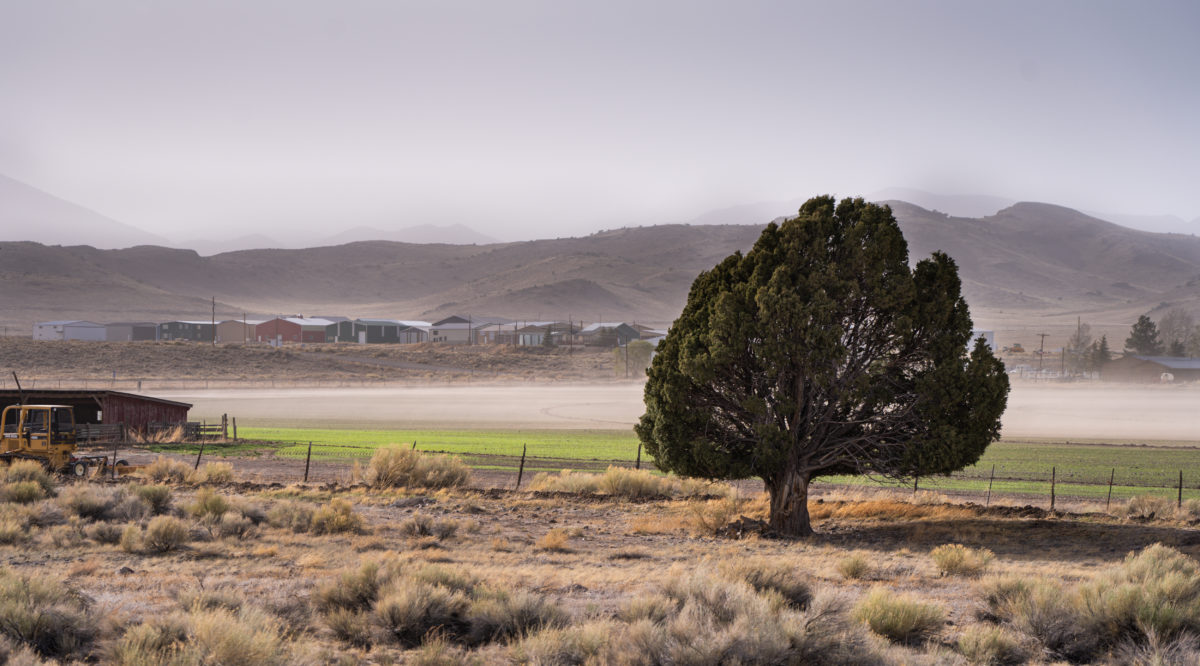Environment & Energy
Related: About this forumRio Grande Dry For Hundreds Of Miles Along US/Mexico Border - No Snow, No Flow, No Irrigation

Ed. - This is Santa Elena Canyon in Big Bend NP - Mexico left, US right.
EDIT
The Rio Grande was once a perennial river, though marked by periods of extreme drought and dotted by dry stretches. But as agriculture and municipal use took more of the water, the river’s flow became intermittent, and by the mid-1900s only 20 percent of its flow reach the mouth. This year, the river has been hit by unprecedented drought, and the lower Rio Grande, the border between Texas and Mexico, is now dry for hundreds of miles. The Rio Grande has long been overused and abused, sometimes referred to as the “Rio Sand.” The early 20th-century humorist Will Rogers called it “the only river I know of that is in need of irrigating.” Because it’s in an arid part of the world, its existence and the life it supports are already on a knife’s edge.
Profound anthropogenic changes have exacerbated that, and in many places there has been ecosystem collapse, with more in the offing. Wetlands and cottonwood bosque have dried up, and species have disappeared. As climate change bears down, scientists and other experts are asking what can be done to fend off such changes and increase resilience for the 6 million people and countless birds, mammals, and reptiles that depend on the river?

High winds kick up dust in Colorado's San Luis Valley.
After leaving the San Juan Mountains, the Rio Grande flows into the San Luis Valley, a vast, treeless agricultural region at 7,000 feet in elevation. The wind was howling when we visited in May, stripping soil off the farm fields and causing great billowing brown clouds to rise into the sky. Farmers here in Colorado’s Rio Grande County raise potatoes as well as small grains and alfalfa, with irrigation from the Rio Grande Canal. The valley gets seven to 10 inches of precipitation a — year anything less than 10 inches is considered desert. To grow potatoes, Rio Grande County farmers require an additional 14 to 17 inches of water from irrigation. Along the entire course of the Rio Grande, agriculture siphons off about 75 percent of the river’s flow.
This year, the runoff into the upper Rio Grande was a month earlier than normal. A changing climate has meant less snow in the San Juan Mountains, and 10 of the last 11 years have seen below-average snowpacks; last year the snowpack was 58 percent of normal, this year 63 percent. The biggest problem here — besides the dwindling runoff — is that farmers turned to pumping water from wells during a drought in the 1950s. For many years across the West, many farmers and ranchers didn’t seem to know or care that groundwater and river water are part of the same hydrological system. After years of heavy overpumping of local aquifers, the state in 1969 passed a law requiring sustainable aquifer pumping. That meant some San Luis Valley irrigators have to replenish 400,000 acre-feet of groundwater to the aquifers. To allow the aquifer to refill, wells are being shut down and more will have to be taken out of production. Replacement water is expensive and growing more so. It has, and will continue, to put farmers out of business.
EDIT
https://e360.yale.edu/features/warming-and-drought-take-a-toll-on-the-once-mighty-rio-grande
Warpy
(111,237 posts)I'm not a bit surprised it's bone dry along the Texas border. The reservoir upstream is nearing empty. Instead of jet skis and power boats, anyone wanting to vacation there is going to be lucky to launch a small rowboat. A month ago it was at 13.3% capacity. It's been hot and dry, so I'm sure that's dropped even more.
River irrigation is going to be nonexistent again this year.
I'm afraid large parts of the southwest are going to become unlivable. I find that horribly sad, I love the desert. It has been perfect for a thorny Boston transplant.
hunter
(38,309 posts)... there is no technical fix for this other than to quit farming.
It would be best if the land could be restored to something resembling a natural state before the farmers leave. Otherwise the people remaining will be breathing alkaline dust as soil unsecured by the roots of drought tolerant native plants blows away.
We won't starve in the U.S.A.. We may have to shift our diets slightly and eat fewer meat and dairy products. And we probably should have abandoned fuel ethanol production a long time ago.
There are still places in the U.S.A. with plentiful water.
As the climate becomes less hospitable we must figure out a way to relocate entire communities.
It doesn't have to be the Chinese way, where, when the government says you have to move, you move. But it doesn't have to be the typical U.S.A. way either, where we eventually do the right thing after exhausting all the other options. If we leave it entirely to the "free market" there will be a lot of chaos and trauma. Maybe we can pay farmers to be part of the restoration process and give them a stipend to stay on as caretakers. This could be paid for by urban water users.
If history is any guide, climate change refugees won't be welcomed in places that remain habitable.

https://en.wikipedia.org/wiki/Dust_Bowl